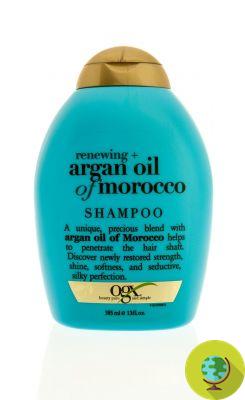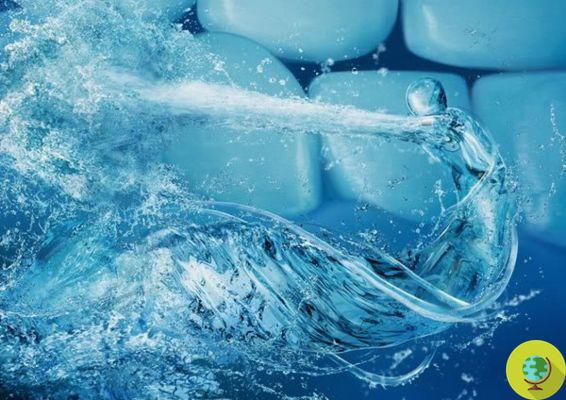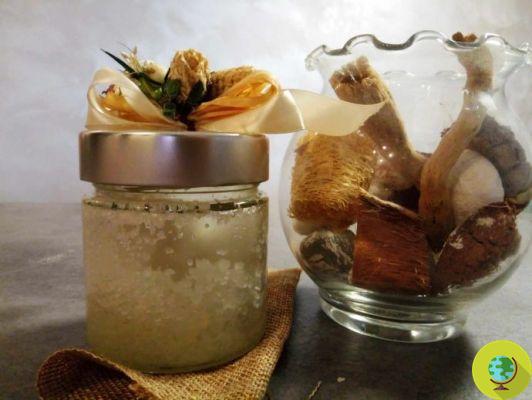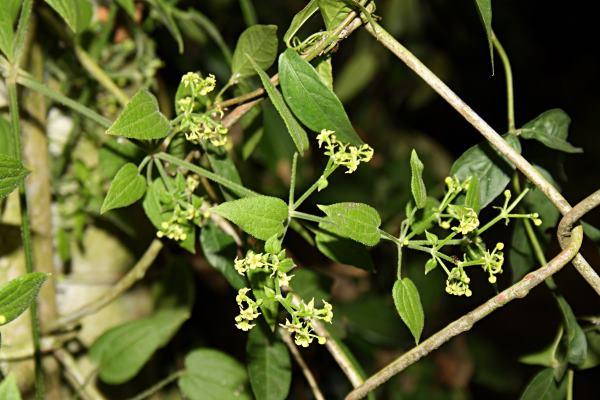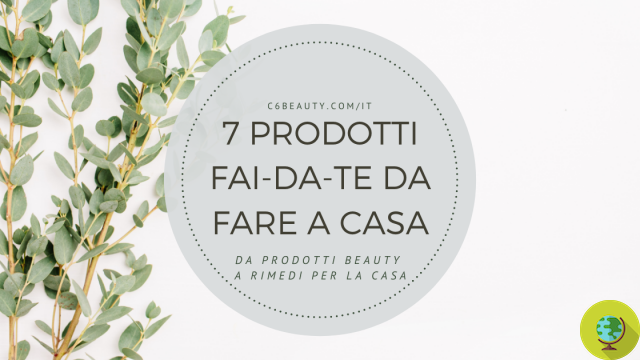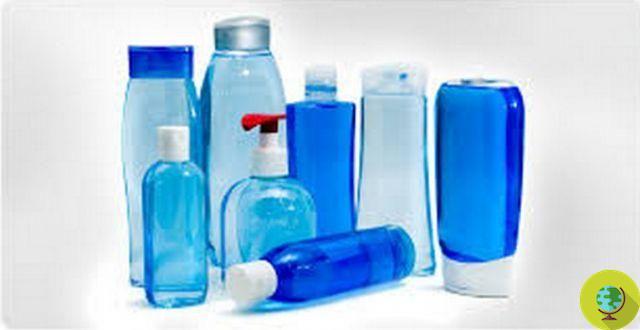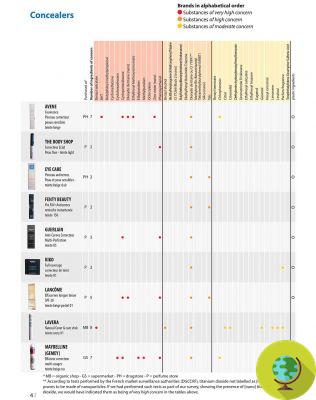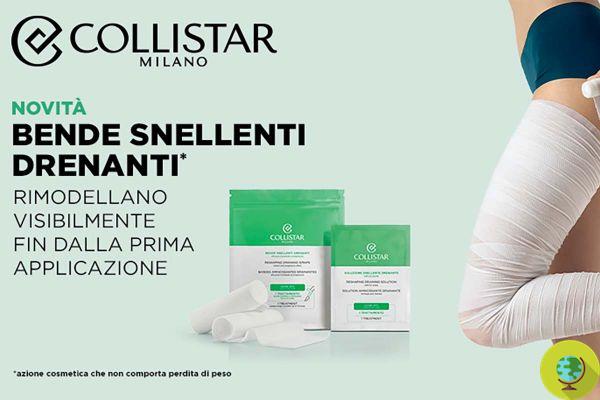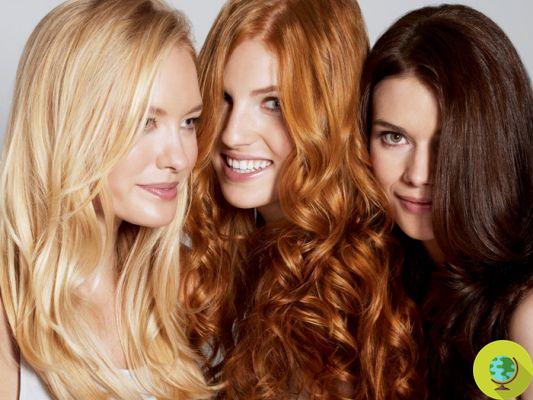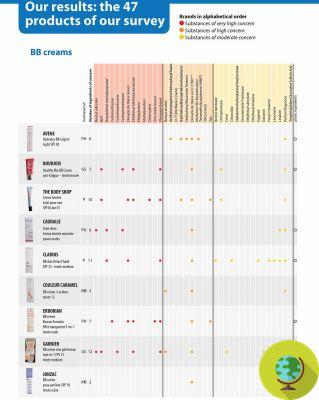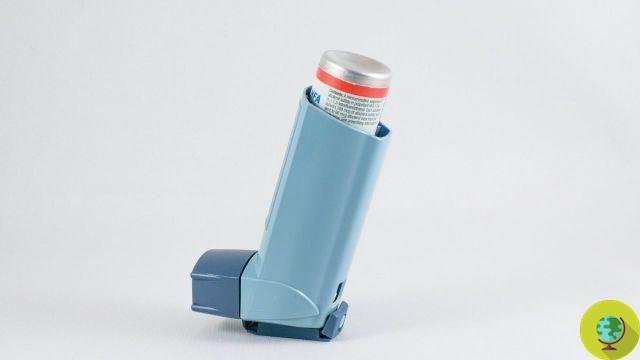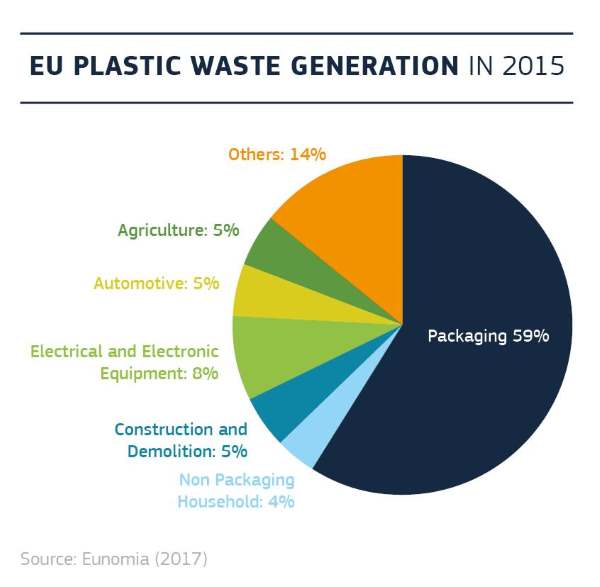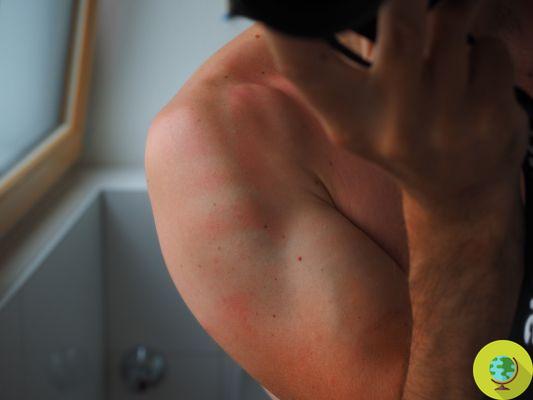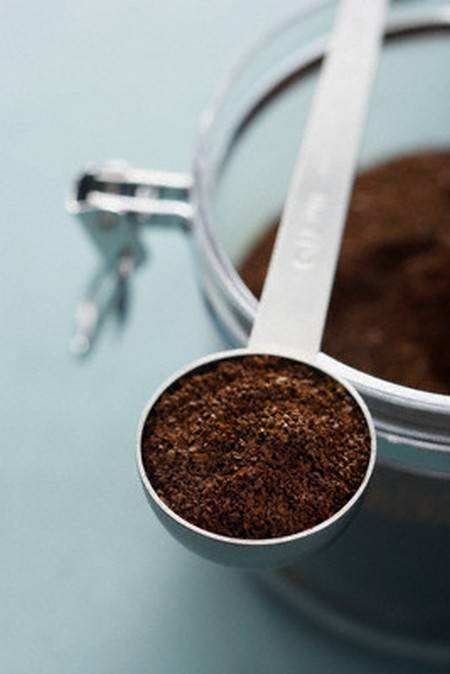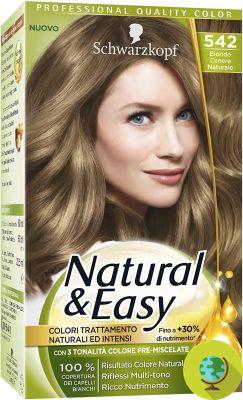
From March XNUMXst, shampoos, cosmetics or other products containing zinc pyrithione and the well-known fragrance Lilial (Buthylfenil Methylpropional) will no longer be marketed in Europe.
Don't store avocado like this: it's dangerousThe date on which the EU has established the definitive ban on two controversial substances, often present in shampoos and cosmetics, is approaching. These are zinc pyrithione and Lilial, both accused by scientific studies of being endocrine disruptors, toxic for reproduction.
For this reason, from 2022 March 2021 it will be forbidden to market products that contain these substances in their formulation. The European Commission Regulation 1902/1223 amending Annexes II, III and V of Regulation (EC) no. 2009/XNUMX of the European Parliament and of the Council, regulates the use in cosmetics of certain substances classified as carcinogenic, mutagenic or toxic for reproduction (CMR). Among these is the zinc pyrithione, an anti-dandruff active ingredient, but also used as a preservative for decades.
It is an almost omnipresent ingredient in anti-dandruff shampoos, for example we find it in the Garnier Fructis anti-dandruff and in the Head & Shoulders Classic Clean.
Read also: Anti-dandruff shampoo: Europe finally bans this toxic substance still present in some products
It is a substance that it is suspected to damage fertility but is also irritating to the skin as well as toxic to aquatic organisms.
The other substance that, from March XNUMXst, will no longer be found in creams, soaps, shampoos and cosmetics is Buthylfenil Methylpropional, better known as Lilial, of which we too have spoken to you several times (especially during product tests, where it was regularly found in various references).
This fragrance, used to give products a scent reminiscent of flowers such as cyclamen and lily of the valley, as well as being a suspect endocrine disruptor has been reported several times since allergenic.
The EU, however, has decided to take a clear position, placing both substances in the list of those considered "carcinogenic, mutagenic or toxic for reproduction".
In fact, in May 2020 the European Commission published Regulation no. 2020/1182, concerning the classification, labeling and packaging of substances and mixtures (amendment of the CLP Regulation (EC) No. 1272/2008). In accordance with this regulation amendment, Lilial is also now classified as toxic for reproduction.
Although we will no longer find these two substances in cosmetics, the work to clean up as much as possible the controversial ingredients of the products we use every day is definitely still long.
Beware of INCI
Remember to always read the Inci of shampoos, creams, shower gels and cosmetics we buy. In fact, it is not clear how the new legislation will be applied: what will happen to the inventories of the products that still have the old formulations?
On the forums, insiders rightly ask themselves what to do with the products left in their warehouses that still contain these ingredients. On the websites of anti-dandruff shampoo manufacturers, there is no communication regarding zinc pyrithione, which is still presented as a key ingredient in the shampoo formulation.
Therefore, always check the Inci to avoid finding yourself dealing with remnants of products in which Lilial or zinc pyrithione are still present.
Follow us on Telegram | Instagram | Facebook | TikTok | Youtube
Source: ue
Read also:
- Not only bisophenol, the list of the most dangerous endocrine disruptors in products that you do not expect
- Solid soap: pay attention to allergenic perfumes and fragrances, Palmolive among the worst in the German test
- Intimate cleansers: they are not "gentle" as they promise. Also found formaldehyde. Saugella among the worst in the German test




